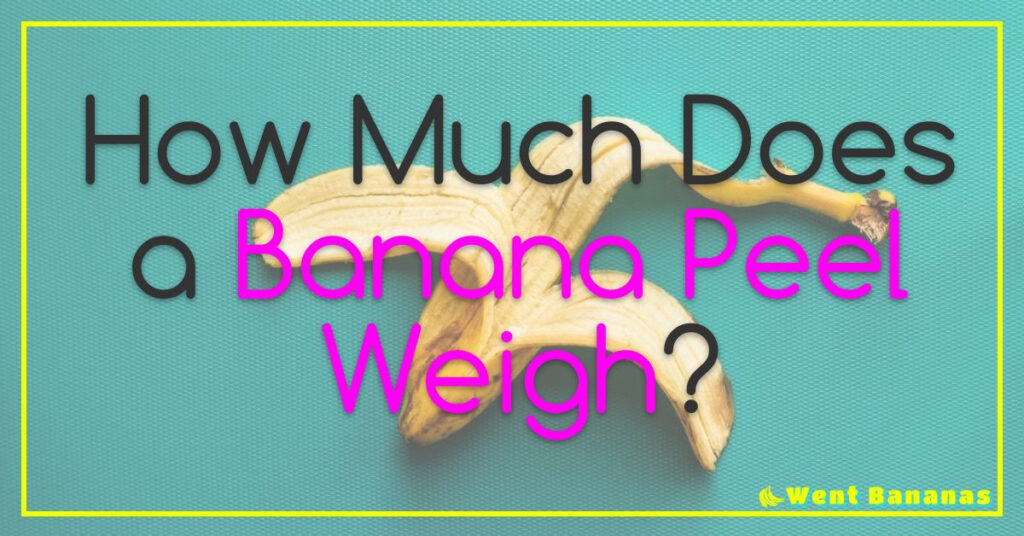Why Does My Banana Bread Turn Out Pale? Tips for Perfectly Golden Brown Results
Have you ever baked a delicious banana bread recipe only to find that it turned out pale in color? It can be frustrating to invest time and energy into a recipe and end up with less than desirable results. But fear not, because we’re here to provide you with some insight into why banana bread might come out pale and some tips to avoid this issue in the future.

In this article, we’ll dive into the causes of pale banana bread, including the importance of properly ripened bananas, and provide you with tips to ensure your banana bread comes out perfectly golden brown. So if you’re looking to learn more about baking the perfect banana bread, keep on reading!
What causes banana bread to be pale?
If you are a baking enthusiast, you might have faced the frustration of your banana bread turning out pale and lackluster. The color of banana bread is an important indicator of its flavor and texture, as it signifies that the bread has been baked to perfection.

There are several factors that can cause banana bread to turn out pale. One of the most common reasons is using overly ripe bananas. When bananas reach a certain stage of ripeness, their skin turns brown and spotty, which indicates that they are ideal for baking. However, if the bananas are too ripe, they will lose their natural sweetness and acidity, resulting in a dull-colored loaf.
Another reason for pale banana bread could be inadequate mixing or underbaking. Properly mashed bananas should be evenly incorporated into the batter to ensure even coloring throughout the loaf. Additionally, underbaked batter will not have had enough time to caramelize on the surface which contributes to browning.
Lastly but not least; it’s essential to use quality ingredients when making banana bread as low-quality flour or sugar can affect not only its color but also its texture and taste.
In conclusion; Banana Bread is not only delicious but also visually appealing when done right with proper attention paid during preparation such as using ripen bananas in their prime state while ensuring adequate mixing and baking time using quality ingredients will yield a beautiful golden-brown crust with soft moist crumb interior perfect for indulging your senses!
Tips for avoiding pale banana bread
Banana bread is a beloved and timeless classic, but there’s nothing worse than biting into a pale and underwhelming slice. If you’re looking to avoid the disappointment of lackluster banana bread, fear not! With a few tips and tricks, you can achieve the perfect golden brown loaf every time.
Firstly, it’s important to choose the right bananas. Overripe bananas are ideal for baking as they are softer and sweeter than their underripe counterparts. Look for bananas with brown spots on the skin – this indicates that they are at their peak ripeness.
Next up is your oven temperature. Make sure your oven has preheated fully before placing your banana bread inside. A hot oven ensures that your bread will rise properly and develop a crispy crust on top.
Another key factor in achieving great banana bread is measuring out your ingredients accurately. Too much flour or too little liquid can result in a dry loaf or an uneven texture. Use measuring cups or kitchen scales to ensure precision in your recipe.
Finally, don’t be afraid to experiment with different add-ins such as nuts, chocolate chips or spices like cinnamon or nutmeg – these can add depth of flavor and texture to your banana bread.
By following these simple tips, you’ll be well on your way to creating deliciously golden-brown banana bread every time!
The importance of properly ripened bananas in making banana bread.

Banana bread is a beloved baked good that has been enjoyed for generations. However, the key to making the perfect banana bread lies in using properly ripened bananas.
Many people may not realize that the ripeness of their bananas can greatly affect the texture and flavor of their banana bread. Overripe bananas with brown spots may seem unappetizing, but they are actually perfect for baking. The natural sugars in ripe bananas break down and become more pronounced, resulting in a sweeter and more flavorful final product.
On the other hand, underripe bananas can lead to a dense and dry loaf. This is because they contain less sugar and moisture than fully ripe bananas. It’s important to wait until your bananas have reached peak ripeness before using them in your recipe.
When selecting bananas for banana bread, look for those with yellow skin that is just starting to develop brown spots. If you don’t plan on baking right away, you can speed up the ripening process by placing them in a paper bag or near other fruits like apples or avocados.
In addition to improving flavor and texture, using properly ripened bananas can also make your banana bread healthier. Ripe bananas are easier to digest and contain higher levels of antioxidants than underripe ones.
So next time you’re craving some delicious homemade banana bread, be sure to choose your ingredients wisely and opt for perfectly ripe bananas – your taste buds (and digestive system) will thank you!

Check out our other articles to find out even more about banana.
From over-ripe bananas to incorrect baking times, there are many things that can cause your banana bread to come out pale. Learning more about the causes of a pale loaf and how you can avoid them is essential in creating perfect banana bread every time. If you’re looking for more tips on making delicious banana bread or want to find out even more about these tropical fruits, make sure you check out our other articles!







